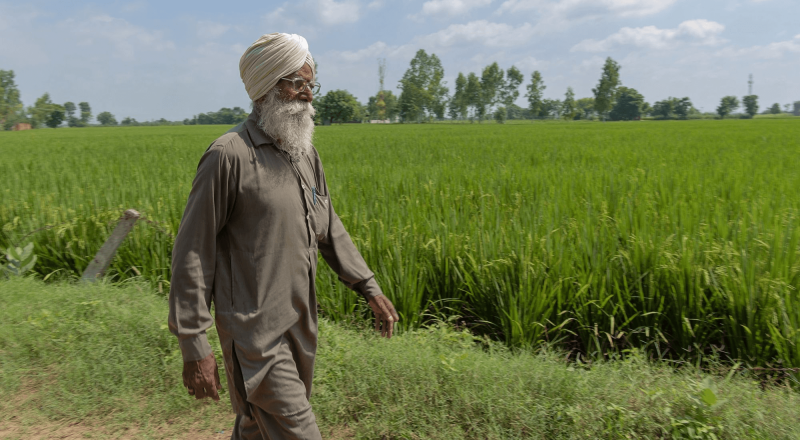A researcher originally from Bangladesh has been looking at farms in South Asia to determine why agricultural practices aimed at reducing carbon emissions haven’t been adopted.
…
In a study published in January 2024 in Nature Climate Change, [Missouri State University environmental scientist professor Ashif] Ishtiaque and his coauthors identified the key barriers to climate-smart agriculture adoption in South Asia: Weak organizational capacities; inadequate targeted incentives and limited post-adoption follow-up.
Ishtiaque explains that the adoption of these practices not only aids farmers in adapting to climate change impacts but also involves conservation of soil, water, and energy. and that many of the practices and technologies have been shown to lead to increased yields.
…
Ishtiaque says that the biggest challenge of this project was the widely-varied nature of South Asian agriculture.
“For example, in Bangladesh, Nepal, and the eastern part of India, agricultural farms are smaller in size and farmers are relatively less wealthy, whereas in the western part of India and some part in Pakistan, farmers are more wealthy and have larger farms. Similarly, soil types, soil nutrients vary across South Asia,” he says, “These biophysical and socioeconomic factors play important role in determining the adoption of climate-smart agriculture practices and technologies.”































